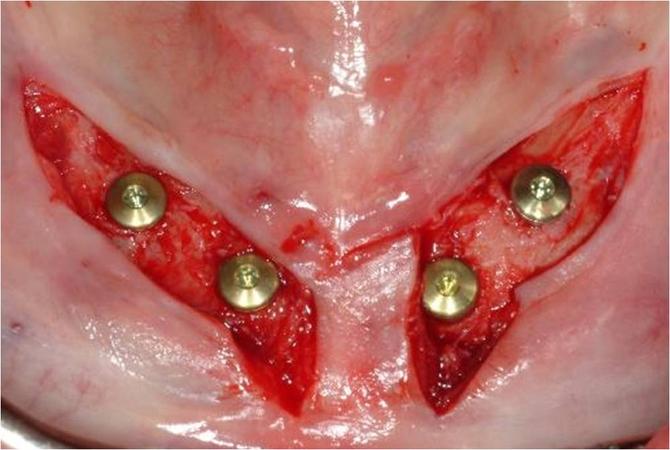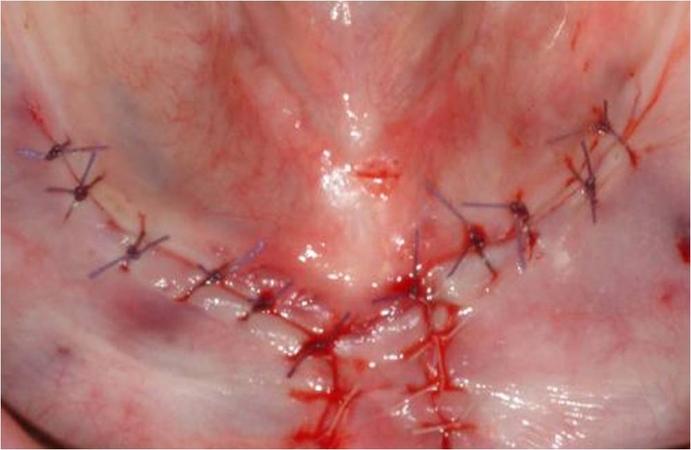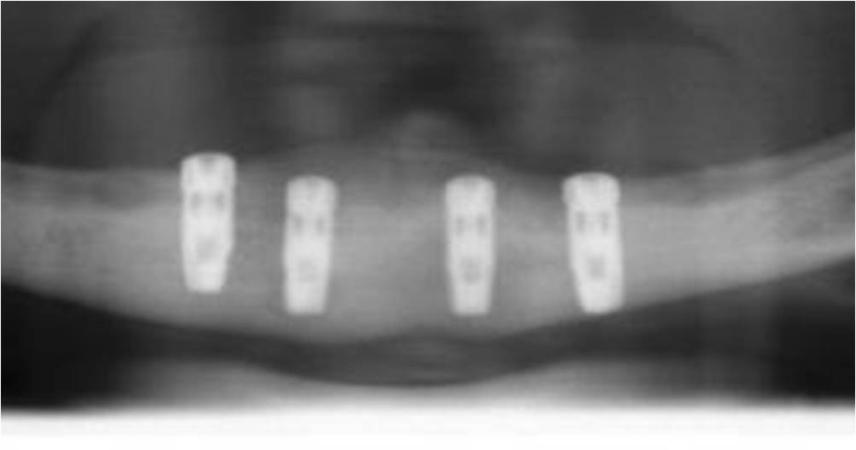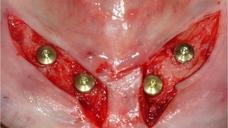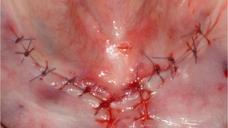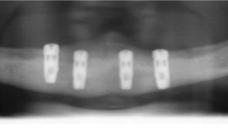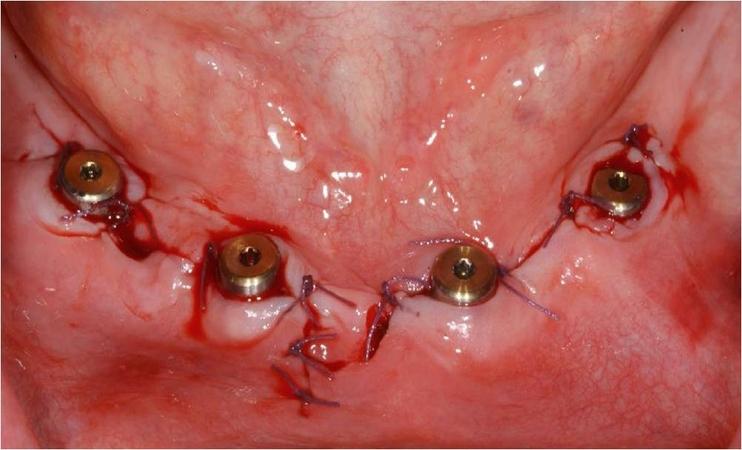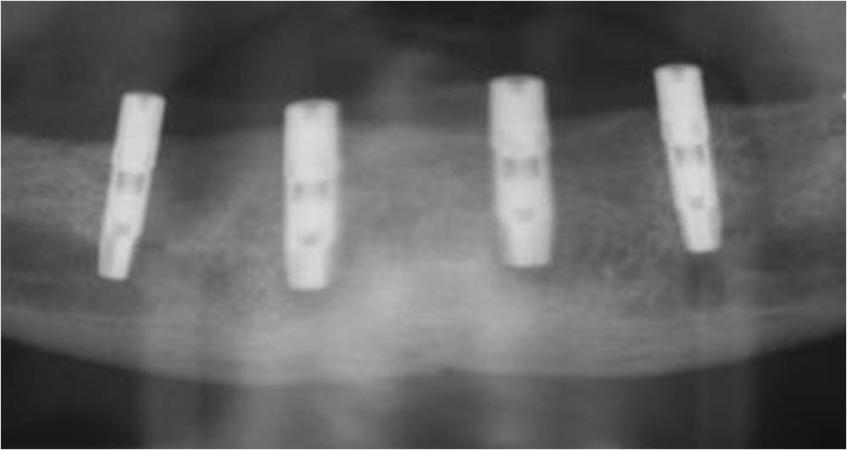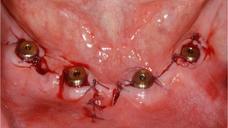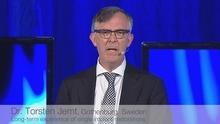-
0
Patient Assessment
- 0.1 Patient demand
- 0.2 Overarching considerations
- 0.3 Local history
- 0.4 Anatomical location
- 0.5 General patient history
-
0.6
Risk assessment & special high risk categories
- 5.1 Risk assessment & special high risk categories
- 5.2 age
- 5.3 Compliance
- 5.4 Smoking
- 5.5 Drug abuse
- 5.6 Recreational drugs and alcohol abuse
- 5.7 Parafunctions
- 5.8 Diabetes
- 5.9 Osteoporosis
- 5.10 Coagulation disorders and anticoagulant therapy
- 5.11 Steroids
- 5.12 Bisphosphonates
- 5.13 BRONJ / ARONJ
- 5.14 Radiotherapy
- 5.15 Risk factors
-
1
Diagnostics
-
1.1
Clinical Assessment
- 0.1 Lip line
- 0.2 Mouth opening
- 0.3 Vertical dimension
- 0.4 Maxillo-mandibular relationship
- 0.5 TMD
- 0.6 Existing prosthesis
- 0.7 Muco-gingival junction
- 0.8 Hyposalivation and Xerostomia
- 1.2 Clinical findings
-
1.3
Clinical diagnostic assessments
- 2.1 Microbiology
- 2.2 Salivary output
-
1.4
Diagnostic imaging
- 3.1 Imaging overview
- 3.2 Intraoral radiographs
- 3.3 Panoramic
- 3.4 CBCT
- 3.5 CT
- 1.5 Diagnostic prosthodontic guides
-
1.1
Clinical Assessment
-
2
Treatment Options
- 2.1 Mucosally-supported
-
2.2
Implant-retained/supported, general
- 1.1 Prosthodontic options overview
- 1.2 Number of implants maxilla and mandible
- 1.3 Time to function
- 1.4 Submerged or non-submerged
- 1.5 Soft tissue management
- 1.6 Hard tissue management, mandible
- 1.7 Hard tissue management, maxilla
- 1.8 Need for grafting
- 1.9 Healed vs fresh extraction socket
- 1.10 Digital treatment planning protocols
- 2.3 Implant prosthetics - removable
-
2.4
Implant prosthetics - fixed
- 2.5 Comprehensive treatment concepts
-
3
Treatment Procedures
-
3.1
Surgical
-
3.2
Removable prosthetics
-
3.3
Fixed prosthetics
-
3.1
Surgical
- 4 Aftercare
埋入式或非埋入式
Key points
- 骨结合是种植体长期临床成功的前提条件
- 极少的炎症和种植体移动对于骨结合而言至关重要
- 埋入式种植体愈合需要二次手术方法
种植体植入形态
种植体植入可能有两种形态(图 1):埋入式种植体植入和非埋入式种植体植入

种植体向颌骨中的结合与手术原则
口腔骨内种植体即使长期位于缺齿牙颌中也是成功的。植入后,种植体即会开始骨结合。此过程的特征是骨与种植体表面之间形成紧密接触。骨直接固定到种植体上即可预言种植体的临床成功。种植体周围组织发炎和/或种植体移动对骨结合过程有害。为了最大限度地降低骨结合受损害的风险,历史上的建议是将种植体植入到骨内(埋入式种植体)并让其在下颌中埋入式愈合 3 个月(图 1 和 2)。经过这段时间后,在二次手术期间露出种植体(图 2 a-c)。
后续临床研究表明,使用非埋入式种植体实现了与埋入式种植体相似的长期成功。
非埋入式种植体植入的治疗理念可实现种植体的早期负重并缩短患者的治疗期(图 3 a-b,表 1)。
在骨质受损,因而无法在植入时实现足够初期稳定性并且发炎风险提高的情况下(例如照射后的颌骨或在执行再生程序后),仍然主张使用埋入式种植体植入(表 1)。
埋入式种植体
非埋入式种植体
种植体的骨结合
>95 %
治疗期长度
2-3 个月
可以采用即刻负重和早期负重方案
特定适应证
初期种植体稳定性下降、骨和粘膜受损
足够的初期种植体稳定性并且无发炎风险
是否需要二次手术
必须暴露种植体
不需要进一步的手术步骤
